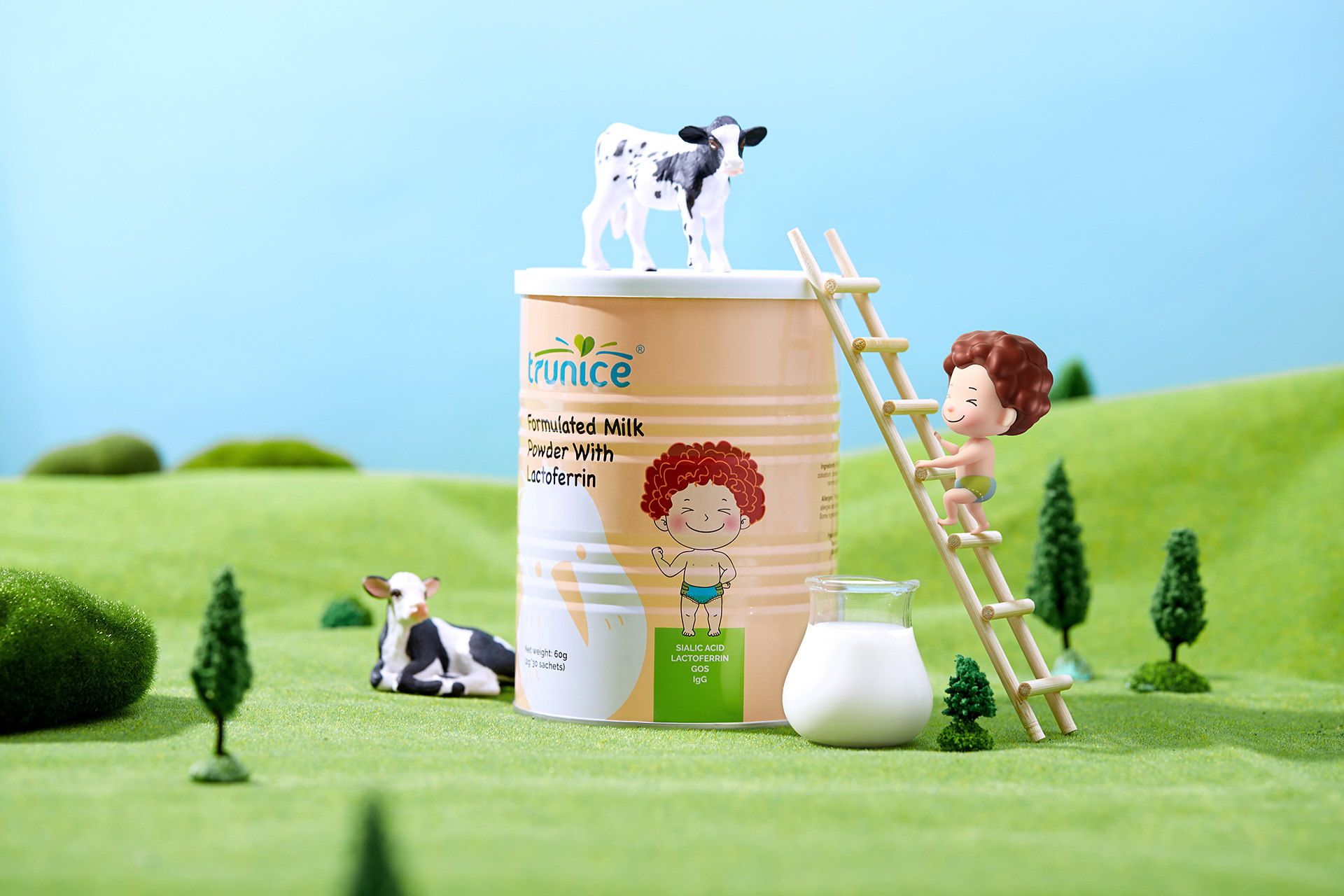
1. Differences in market environment and consumer concepts
Price and practicality orientation: The Chinese market is highly competitive, and consumers are more concerned about the cost-effectiveness and practicality of products. In order to quickly gain a foothold in the market, start-ups usually give priority to the quality and technological innovation of the product itself in order to quickly gain market share.
Low brand loyalty: Due to the large number of products available on the market, consumers' brand loyalty is relatively low, which leads to companies preferring to attract users through high-quality products rather than brand image in the early stages.
Strong brand awareness: American consumers have high loyalty and awareness of brands, and brand image and values play an important role in purchasing decisions. If start-ups can establish a strong brand image, they can more easily win the trust and favor of consumers.
Market maturity: The US market is relatively mature, and consumers have high expectations for innovation and brand experience. Companies need to attract and maintain customers through brand stories and value propositions.
China:
United States:
3. Market entry and competition strategy
Quick market entry: In a rapidly changing market environment, Chinese companies need to quickly launch products to seize market opportunities and ensure a foothold in fierce competition.
Price war and product iteration: Price war and frequent product iteration are common competitive strategies. Companies need to continuously improve product quality and functions to remain competitive.
Differentiation and brand experience: American companies prefer to win the market through brand differentiation and unique user experience. A strong brand image can bring premium and long-term market advantages to the company.
Brand value proposition: American companies focus on attracting target customers through brand value proposition, emphasizing the company's mission, vision and social responsibility.





